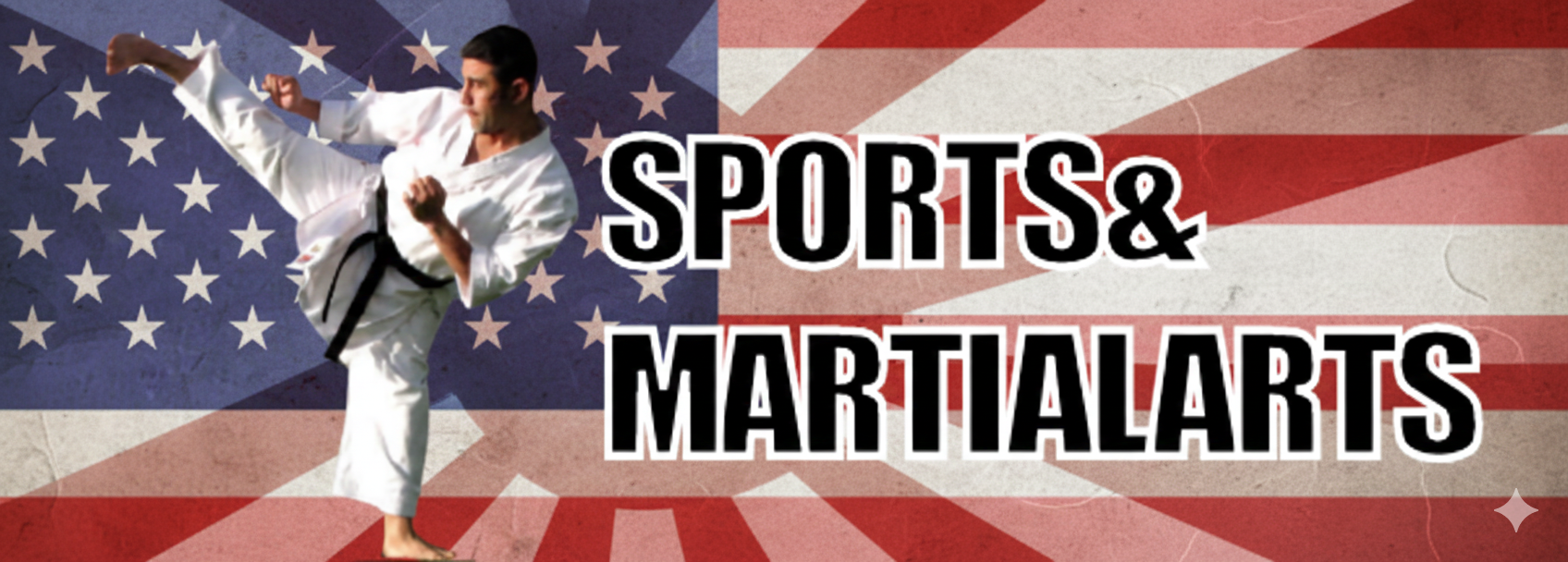Contents
- 1 Karate Traditional Weapons
- 1.1 1. Katana – The Legendary Samurai Sword
- 1.2 2. Wakizashi – The Samurai’s Companion Blade
- 1.3 3. Tanto – The Dagger of Honor
- 1.4 4. Naginata – The Elegant Pole Weapon
- 1.5 5. Yari – The Versatile Spear
- 1.6 6. Bo Staff – The Foundation of Kobudo Training
- 1.7 7. Jo Staff – The Short Staff of Precision
- 1.8 8. Sai – The Weapon of Control
- 1.9 9. Kama – The Dual Sickle Weapon
- 1.10 10. Tonfa – The Baton of Defense
- 1.11 11. Kusarigama – The Chain and Sickle Weapon
- 1.12 12. Nunchaku – The Iconic Flowing Weapon
- 1.13 Karate Requirements
- 1.14 Related
Karate Traditional Weapons
The Essential Guide to Japanese Martial Arts Arms
Overview:
Traditional Karate weapons, also known as Kobudo weapons, are deeply rooted in Japanese martial culture. These weapons were developed for self-defense, discipline, and mastery of movement. Each weapon has its own history, structure, and purpose, offering practitioners unique ways to train coordination, precision, and focus. Below is a detailed guide to the most iconic traditional weapons used in Karate and other Japanese martial arts.
1. Katana – The Legendary Samurai Sword
Description: The katana is a long, curved, single-edged sword traditionally wielded by the samurai. Designed for both power and elegance, it is held with two hands for maximum control.
Usage: The katana excels in slashing and thrusting techniques, requiring exceptional precision, timing, and discipline. It’s also used for defensive maneuvers such as parries and deflections. In martial arts, mastering the katana symbolizes mastery of spirit and body.
2. Wakizashi – The Samurai’s Companion Blade
Description: The wakizashi is a shorter sword, typically paired with the katana, forming the iconic samurai daisho (two-sword set).
Usage: It’s used in close-quarters combat, as a backup weapon, and for ceremonial purposes. The wakizashi allows for quick, controlled cutting and thrusting movements, ideal for confined spaces or secondary defense.
3. Tanto – The Dagger of Honor
Description: The tanto is a small dagger with a straight or slightly curved blade.
Usage: Used primarily for stabbing and thrusting, it’s effective in close-range encounters. Beyond combat, it has a symbolic role in the samurai’s code of honor, representing loyalty and self-discipline.
4. Naginata – The Elegant Pole Weapon
Description: The naginata is a pole weapon featuring a curved blade mounted on a long wooden shaft.
Usage: Known for its sweeping and slashing motions, the naginata is ideal for both offense and defense, effective against infantry and cavalry. Its range allows practitioners to maintain distance while controlling engagements with precision.
5. Yari – The Versatile Spear
Description: The yari is a straight-bladed spear, available in multiple lengths and designs.
Usage: It’s designed for thrusting, piercing, and sweeping attacks, combining offensive reach with defensive versatility. The yari’s structure allows the practitioner to maintain safe distance while delivering powerful, accurate strikes.
6. Bo Staff – The Foundation of Kobudo Training
Description: The bo staff is a long wooden pole, typically about six feet in length, and one of the most common weapons in Karate.
Usage: Used for striking, blocking, sweeping, and spinning, the bo develops strength, coordination, and timing. It’s a core weapon for many traditional kata and serves as an introduction to staff-based martial arts.
7. Jo Staff – The Short Staff of Precision
Description: The jo staff is shorter than the bo, usually about four feet long, and is used in the martial art of Jodo.
Usage: Designed for striking, thrusting, and joint-locking, the jo emphasizes fluid transitions and close-range techniques. It trains adaptability and precision in combat.
8. Sai – The Weapon of Control
Description: The sai is a three-pronged metal weapon with a central blade and two curved side guards.
Usage: Perfect for blocking, trapping, and disarming opponents, the sai can also be used for striking and joint locks. Practitioners often wield a pair of sai to execute symmetrical and defensive maneuvers effectively.
9. Kama – The Dual Sickle Weapon
Description: The kama is a sickle-shaped weapon originally derived from an agricultural tool used for cutting crops.
Usage: Known for slashing and hooking techniques, the kama can be wielded singly or in pairs. Its curved blade makes it particularly useful for trapping and redirecting attacks during close combat.
10. Tonfa – The Baton of Defense
Description: The tonfa resembles a police baton with a perpendicular handle and is typically made of hardwood.
Usage: Used for striking, blocking, and joint-locking, the tonfa is effective for both offensive and defensive applications. When rotated, it becomes a powerful tool for generating circular strikes and counterattacks.
11. Kusarigama – The Chain and Sickle Weapon
Description: The kusarigama combines a kama (sickle) with a weighted chain attached to its handle.
Usage: This complex weapon requires exceptional coordination—the chain is used for entangling and disarming opponents, while the sickle is employed for slashing and finishing strikes. It’s a symbol of mastery in traditional weapon control.
12. Nunchaku – The Iconic Flowing Weapon
Description: The nunchaku consists of two sticks connected by a short chain or rope. It’s widely recognized for its speed and flexibility.
Usage: Used for striking, blocking, trapping, and disarming, the nunchaku’s fluid motion trains coordination, rhythm, and precision. Once a traditional Okinawan weapon, it gained global fame through modern martial arts and cinema.
Conclusion:
Each of these traditional Karate weapons plays a vital role in Japanese martial arts heritage. From the elegant katana to the dynamic nunchaku, these tools embody discipline, control, and mastery. Training with weapons deepens understanding of body mechanics, timing, and focus—essential qualities for all martial artists. Whether practiced for tradition, sport, or self-defense, Karate weapon training (Kobudo) continues to honor the legacy of Japan’s warrior spirit.
Karate Requirements
- Karate Stances
- Karate Punches
- Karate Kicks
- Karate Blocks
- Karate Strikes
- Karate Traditional Katas
- Karate Traditional Weapons
- Karate General Terminology
Follow our Social Media!











